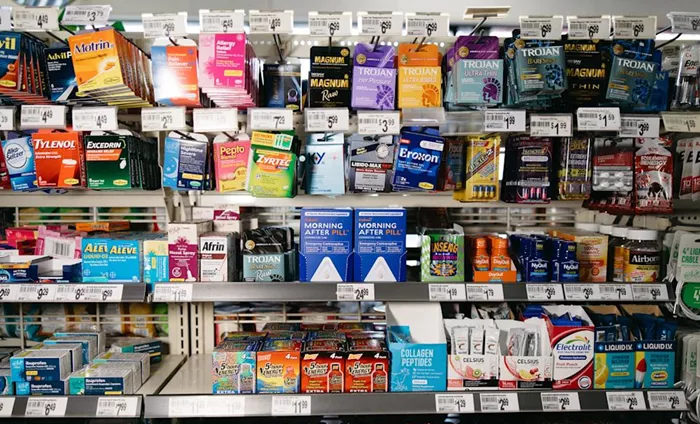Emergency birth control is now easier to find in the U.S. A new brand called “Morning After Pill” is being stocked in thousands of gas stations, delis, and convenience stores across the country. The pill, made by Oakland-based company Cadence, helps prevent pregnancy when taken within 72 hours after unprotected sex or a birth control mistake.
Cadence began rolling out the product in Texas in March 2024. Today, it’s available in 11,000 locations across 48 states. South Dakota and Hawaii are the only two states where it isn’t yet sold. These pills can now be found in common spots like 7-Eleven and Circle K, right next to condoms.
The company’s goal is simple: make birth control as easy to get as condoms. “We want it everywhere a condom is sold,” said Kate Voyten, senior vice president at Cadence. She pointed out that although men’s protection is often found in stores, women’s options usually are not.
Emergency contraception contains a hormone called levonorgestrel. It prevents pregnancy by delaying ovulation. The pill does not harm a pregnancy that has already started and does not affect future fertility, according to the FDA. It may cause mild side effects like nausea, fatigue, or spotting.
Cadence says many women search for emergency contraception online late at night — when most drugstores are closed. But 24-hour stores are still open. That’s why Cadence is pushing to stock its product in places that never close.
Women aged 15 to 34 are the most likely to use emergency contraception. Studies show nearly one-third of all women in the U.S. between the ages of 15 and 49 have used it.
Still, not everyone knows it’s legal. A survey by health research group KFF found that many women in states where abortion is banned think emergency contraception is illegal too — or they’re simply unsure.
While emergency contraception is sold without a prescription, it can still be hard to get. Some stores keep it behind the counter or in lockboxes, which means buyers must ask a clerk for help — something that can feel uncomfortable, especially for teens or young adults.
Dr. Amanda Bryson, a pediatrician in San Francisco, says even women with insurance and support face challenges. She recalled a patient who needed emergency contraception after hours. The local pharmacy was out of stock. The next pharmacy had it — but it cost $50.
“It shouldn’t be this hard,” she said. “This young adult had everything going for her — and still ran into barriers.”
Cadence’s product costs about $25. Company research shows women view pills under $15 as low-quality, while those over $30 feel too expensive.
Despite wide public support for birth control, some lawmakers and advocacy groups are trying to limit access.
Emergency contraception, like regular hormonal birth control, has faced increasing criticism from conservative and religious groups. Some incorrectly claim that emergency pills cause abortions. These beliefs have influenced laws in states like Texas and South Carolina, where pregnancy is considered to start as soon as an egg is fertilized.
A legal case in Texas recently blocked minors from accessing birth control without parental consent. The Trump administration also paused millions in family planning funds, making it harder for many health centers to provide contraception.Cadence hopes to expand to college campuses and even vending machines. The company believes making emergency contraception easy to find can reduce stigma and help more women take charge of their health.
While some store owners are hesitant to carry the product due to personal beliefs, customer demand often wins out. “Some say, ‘I don’t believe in this,’” Voyten said. “But they know their customers need it.”
Even as other emergency pills like Plan B remain off convenience store shelves, Cadence’s Morning After Pill is giving people a new option — one that’s available when and where they need it most.
Related Topics:
- More Research Needed To Support Mental Health During Menopause Transition
- Average Male Height Varies Globally: What It Means For Your Health
- Multiple Chronic Illnesses Double Depression Risk


